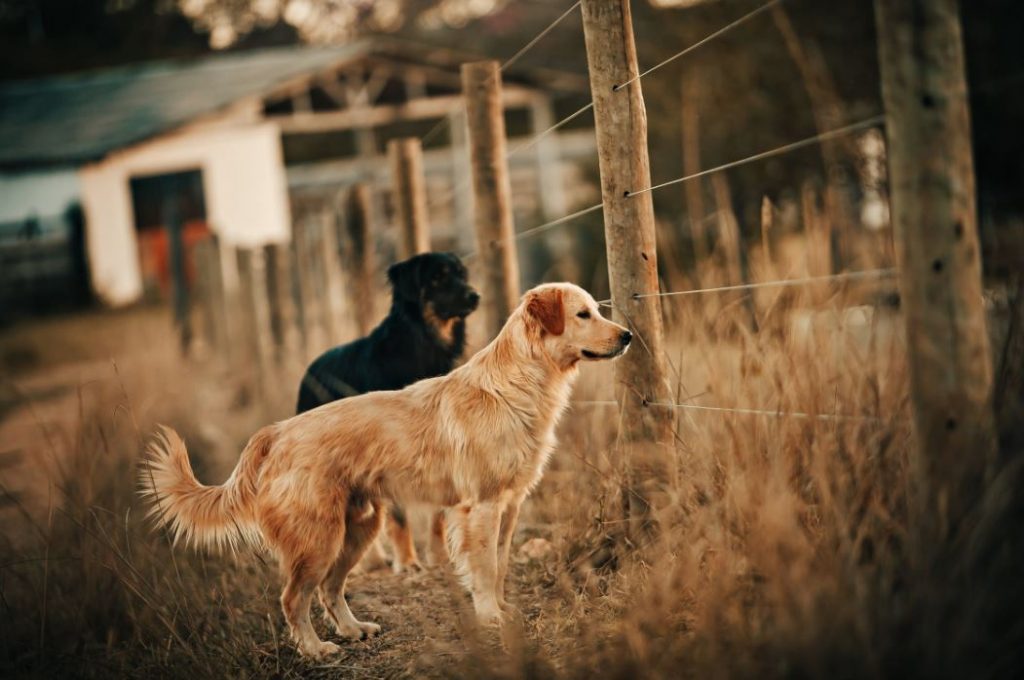
Before you decide to invest in any sort of pet, it’s important that you consider the needs of that pet. These include things like financial expenses for food, attention, and space. In this short article, we’re going to focus on identifying how much space your new animal is going to need to thrive in its new home environment.
Determine the Type and Number of Animal
The first part of determining the amount of space you need is to identify what animal you want to have. This could be a hamster, horse, dog, or cat, just to name a few. Next, consider how many of that particular type of animal you may want. For example, you may want to invest in two horses, one for each daughter. The number of animals that you’ll be investing in plays a big role in the amount of space that you’ll need to properly house them.
Identify the Environment
While it may seem obvious that your hamster is going to be hanging out indoors and your horse won’t be staying in your bedroom, you really need to consider the environment that your animal will need. For a dog, it will need to have adequate indoor and outdoor space to thrive. For a horse, it will need to have both a stable and outdoor grazing area.
If you don’t have the appropriate outdoor environment for some of the bigger animals you want to invest in, you can look into local ranch land sales. While they won’t necessarily be right outside your home, having the environment the animals need to be healthy and comfortable is always the most important consideration. Just make sure to find a spot close enough that driving out to care for your animals isn’t a hassle.
Calculate the Space
Next, you’ll want to do some mathematics. This holds especially true if you’re looking to invest in multiple animals. You don’t want to try and cram nine rabbits into a five by two-foot cage. They’re not going to fit too well. A simple search online can reveal the amount of square footage each animal is going to need in its ideal environment.
For example, a single guinea pig will need about 7 ½ square feet of space while a horse should have a full acre. Take the time to calculate the space that you’re planning on using to ensure that it’s big enough for all your animals.
Watch Their Habits
After you’ve done your research and brought your animals home, your job isn’t done quite yet. You want to monitor your animals over their first few weeks at your location. See what they do as far as confines of their space. Some animals just naturally prefer to have more space while others thrive in less. If you find that your animal is constantly trying to expand their environment, consider adding more square footage to their space.
Understanding how much space an animal needs to thrive is essential to their well-being. If you pick a space that is too small, it can hinder their development. Instead, utilize the instructions above to ensure that you always get the right amount of space for all your animals.

